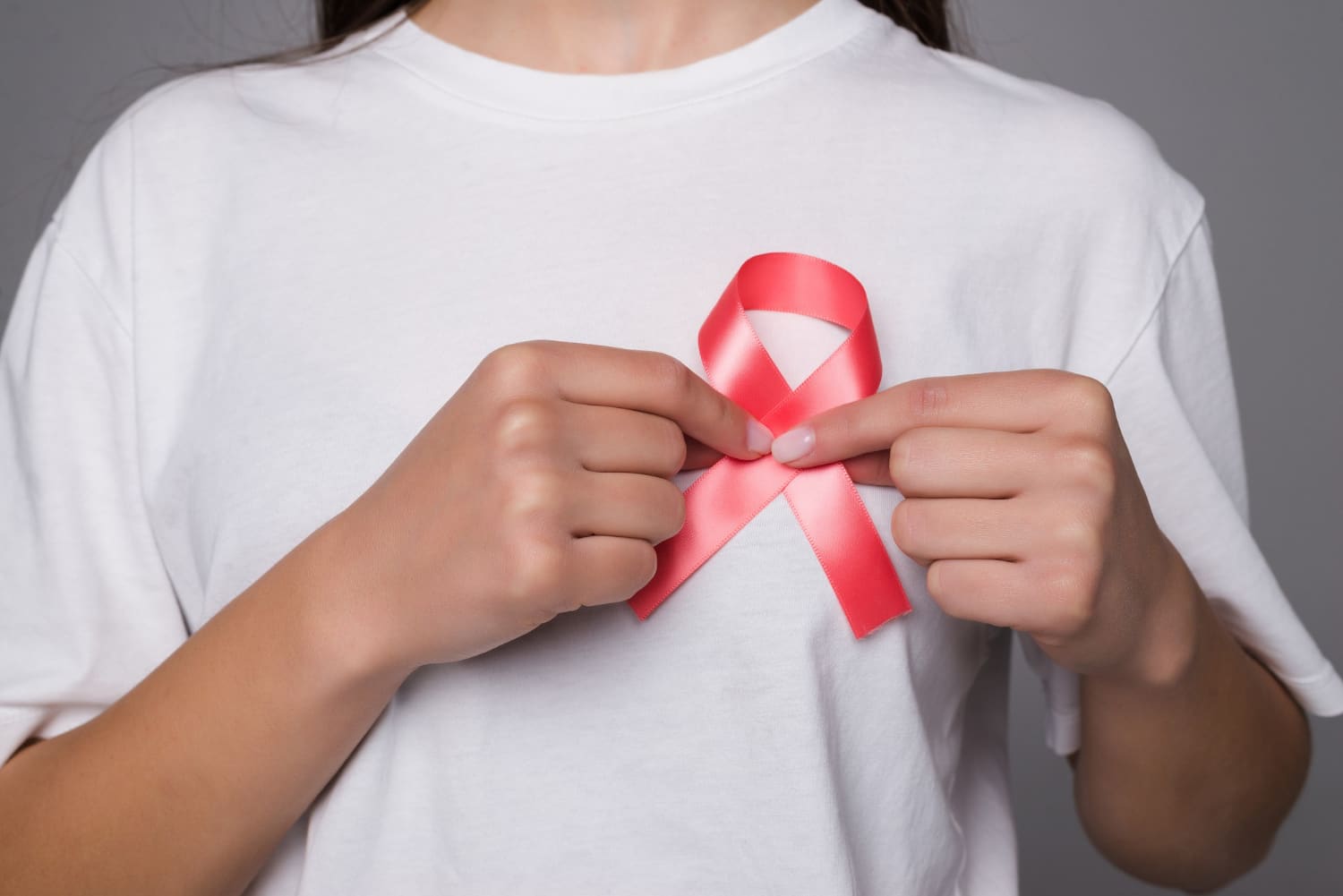UNICEF: Girls are twice as likely to be infected with HIV as boys
Admin
- 0

In a new report published by Unicef, it is highlighted that girls continue to face more than double the odds of contracting HIV compared to boys, despite a decrease in the total number of infections among girls aged 10 to 19 years. Although infections have decreased by almost half since 2010, from 190,000 to 98,000, the situation remains alarming.
The report reveals that in 2022 almost 98,000 adolescents between 10 and 19 years old were infected with HIV, which is equivalent to 1,900 new infections every week. These worrying figures highlight the urgent need to address gender inequalities, poverty and lack of access to HIV prevention and sexual and reproductive health programs.
Gender inequalities are identified as one of the main factors contributing to these disparities, depriving girls of the power to negotiate safe sexual relationships.
Poverty also plays a crucial role, especially in communities far from health centers, where access to health care services and prevention programs is limited.
Anurita Bains, UNICEF Deputy Director of HIV/AIDS, expressed her dismay in a statement, stating: “It is unacceptable that adolescent girls, who should be planning for their future, continue to bear the greatest burden of HIV infection.”
Contents
ToggleAlso Read: Having a mental health coach can delay memory loss in older adults
Bains urged the United Nations, communities, governments and organizations to come together to remove the barriers that make HIV a threat to the health and well-being of people. teenagers.
HIV prevails in women aged 10 to 24 years
On the African continent, HIV prevalence among adolescent girls and young women aged 10 to 24 is more than three times higher than among their male counterparts in sub-Saharan Africa.
Furthermore, the latest data highlight that Eastern and Southern Africa carry the overwhelming burden of HIV infection among the 0-19 age group, followed by West and Central Africa, East Asia and the Pacific, Latin America and the Caribbean, and South Asia.
Globally, 270,000 new HIV infections were recorded among children and adolescents aged 0 to 19 years in 2022, raising the total number of young people living with HIV to 2.6 million, according to the report.
However, progress in ending AIDS remains slow, with 99,000 children and adolescents ages 0 to 19 expected to die from AIDS-related causes, accounting for 15% of all HIV-related deaths, despite this age group making up only 7% of people living with the virus, the report notes.
Unicef’s call to action is clear and it is essential to address the deep roots of these inequalities to ensure that adolescent girls and young women have access to information, resources and the services they need to protect themselves from HIV and plan for their future in a healthy and safe way.


